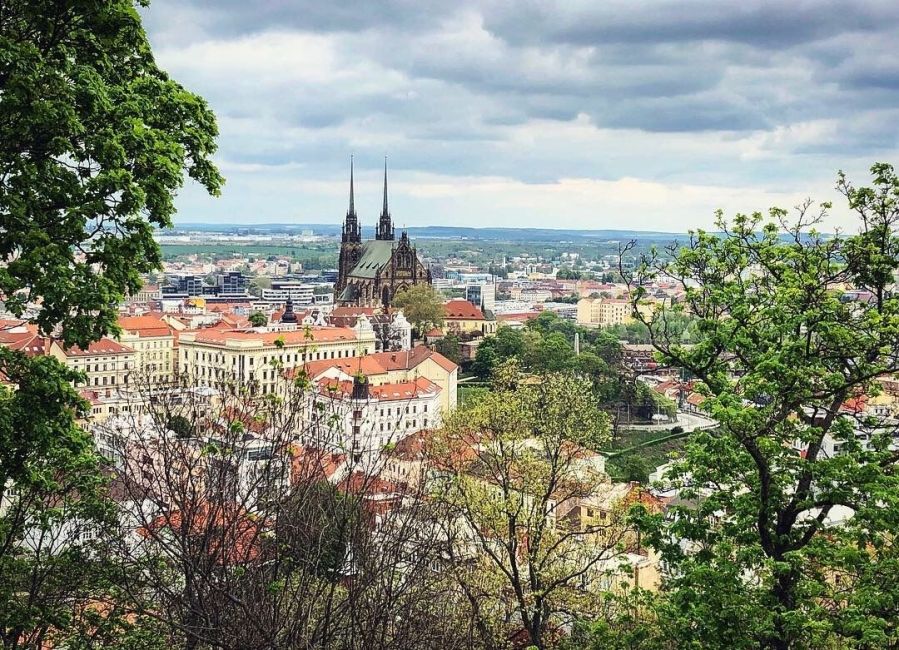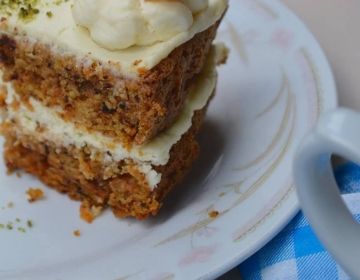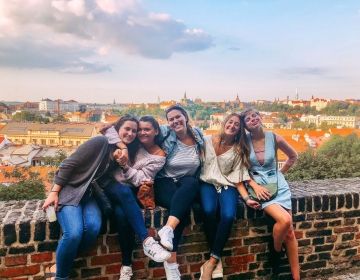Brno- the Alternative Czech City
The capital of Moravia and the second largest city in the Czech Republic, Brno is Prague’s “hipster little brother.” And, thanks to the universities in Brno, the city is well-stocked with college kids, an abundance of eateries, and alternative ways to have fun. The one thing that’s missing? An overwhelming number of tourists.
Recently, my blog posts have been about day/overnight trips you can take from Prague- a visit to Dresden, Bohemian Paradise, and Bratislava to name a few. You can now add Brno to that list.
So, how to spend a day in Brno? Read on, my friends.
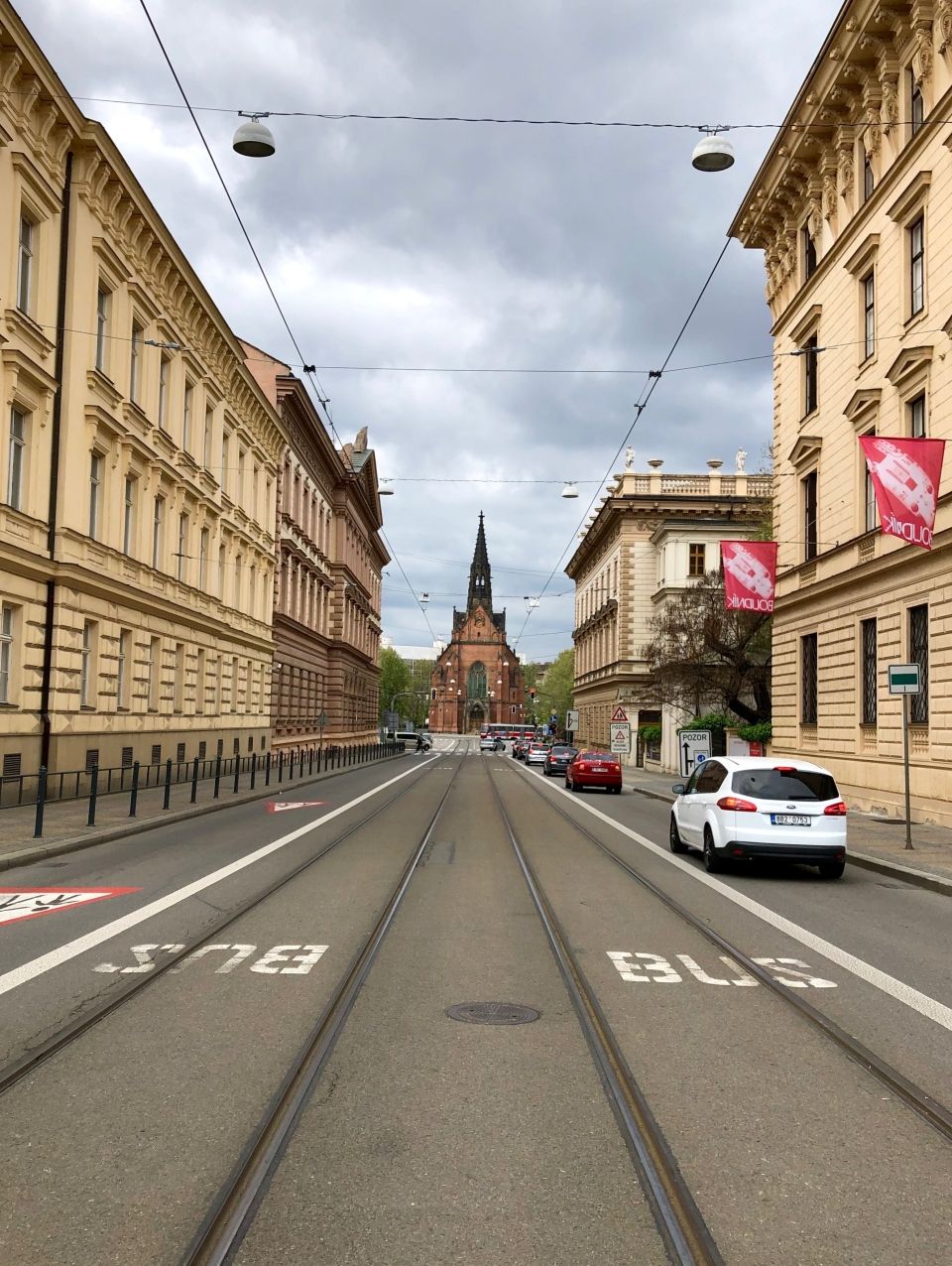
Using public transportation, Brno takes about 2½ hours to get to by bus or train from Prague. Fortunately, both routes can drop you off right in the City Center. And, since Brno’s center is pretty small (despite being the 2nd largest city in the Czech Republic) there’s little reason to take any form of transportation after arriving. Instead, Bethany and I were easily able to walk everywhere.
As usual, the first thing I look for after arriving in a new place is somewhere to grab some coffee and food. I can recommend Café Placzek as a cute breakfast place to go to. Bonus points for being close to the train and bus station.
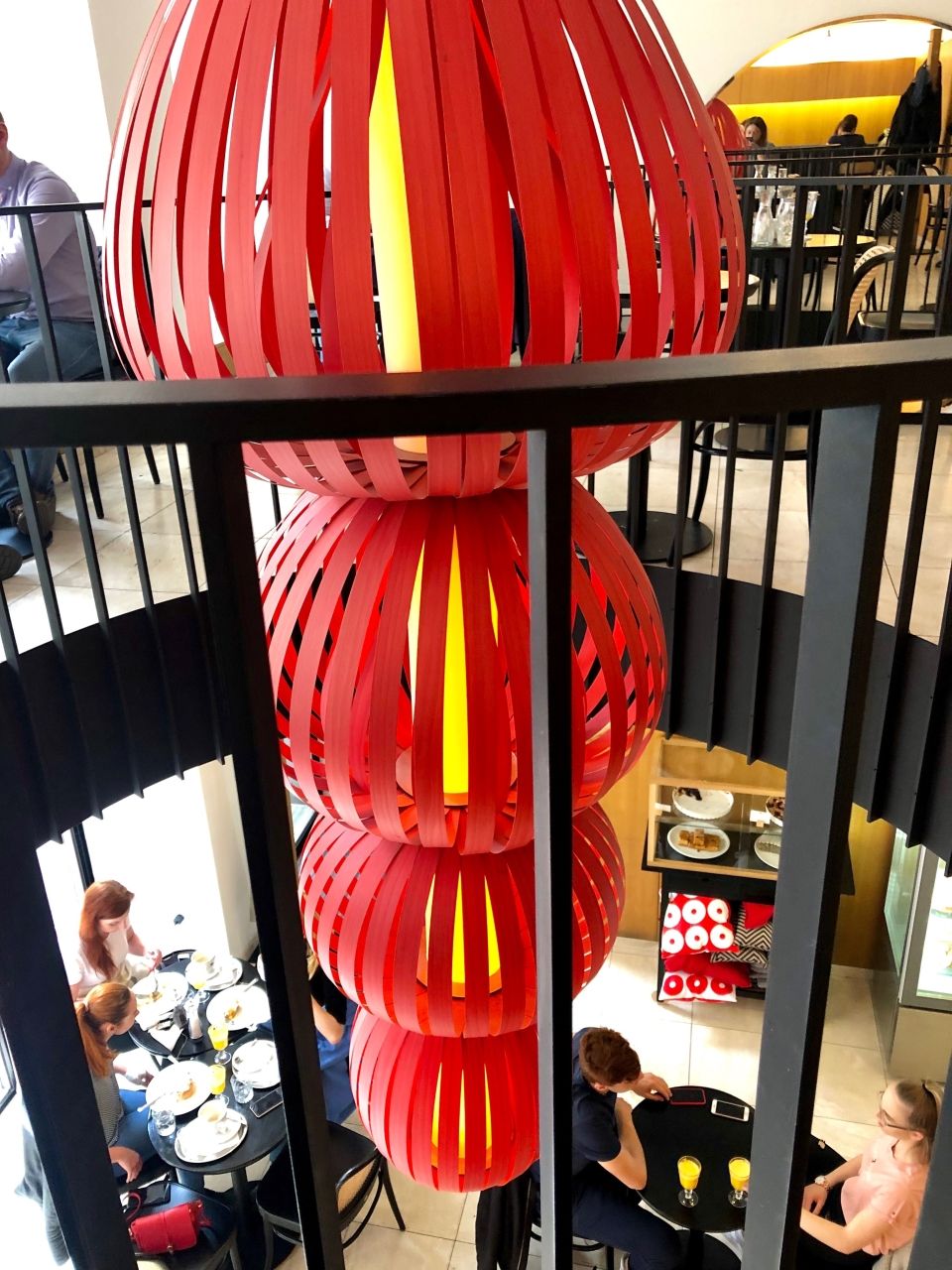
Next, we went to the Zelný Trh (the Vegetable Market). This market runs every day and caters mostly to the locals.
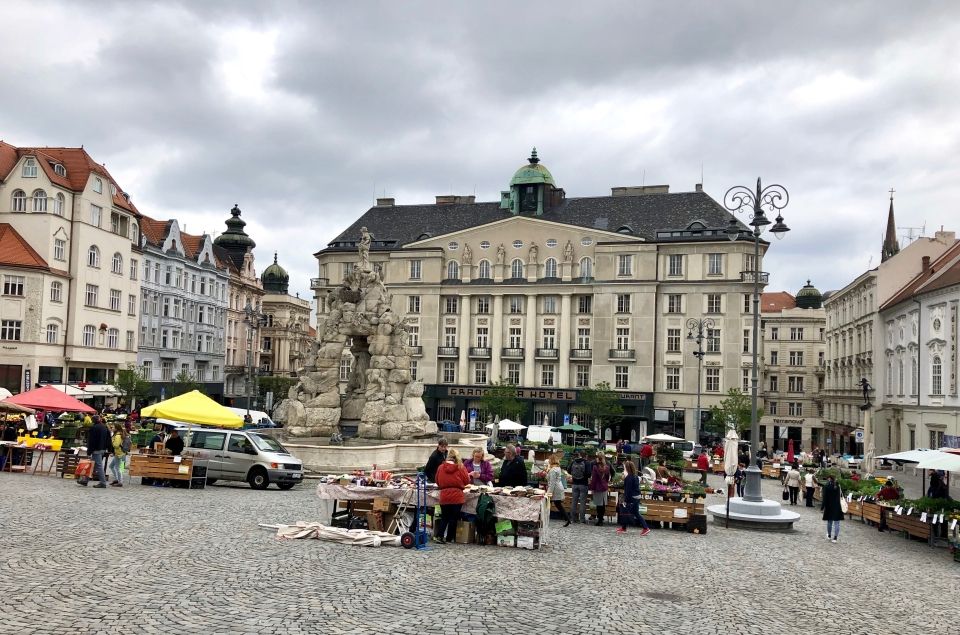
It’s still nice to check out though for its authenticity and possible pick-me-up snack. There’s also an underground labyrinth beneath this market that you can scout through (we didn’t because of time constraints).
We then went around the corner to Old Town Hall to climb the city tower. The view up top was a nice way to orient yourself, but in my opinion, there are better viewpoints (that are free) throughout Brno. More on that later.
Close by was also the Cathedral of St. Peter and Paul. This is Brno’s most iconic image and while pretty up close, is best photographed at a distance:
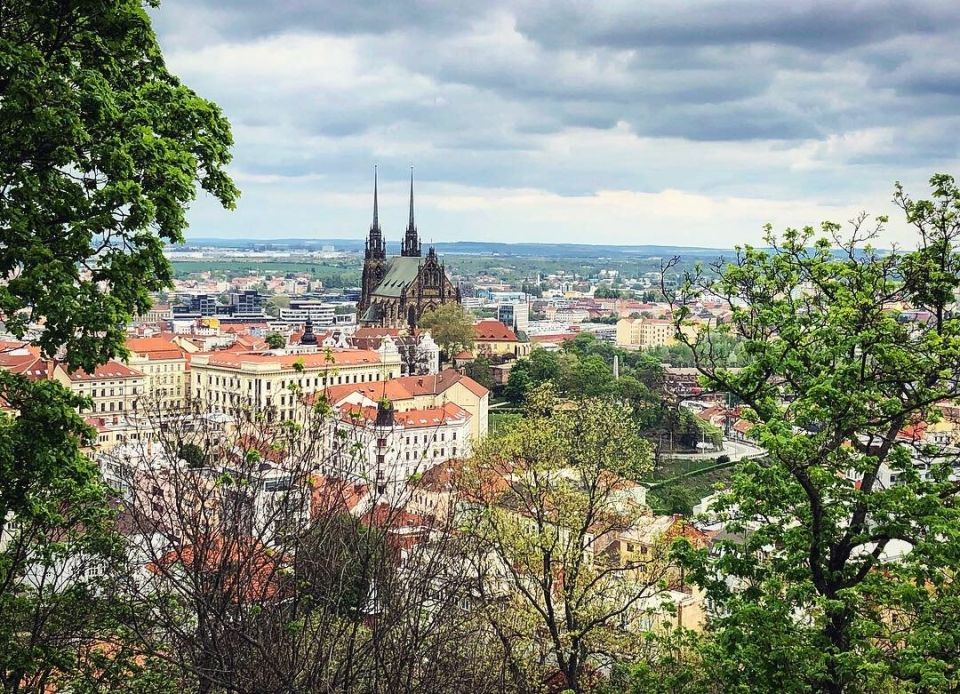
Next, we decided to do something a bit more quirky- explore an old WWII/Cold War underground bunker.
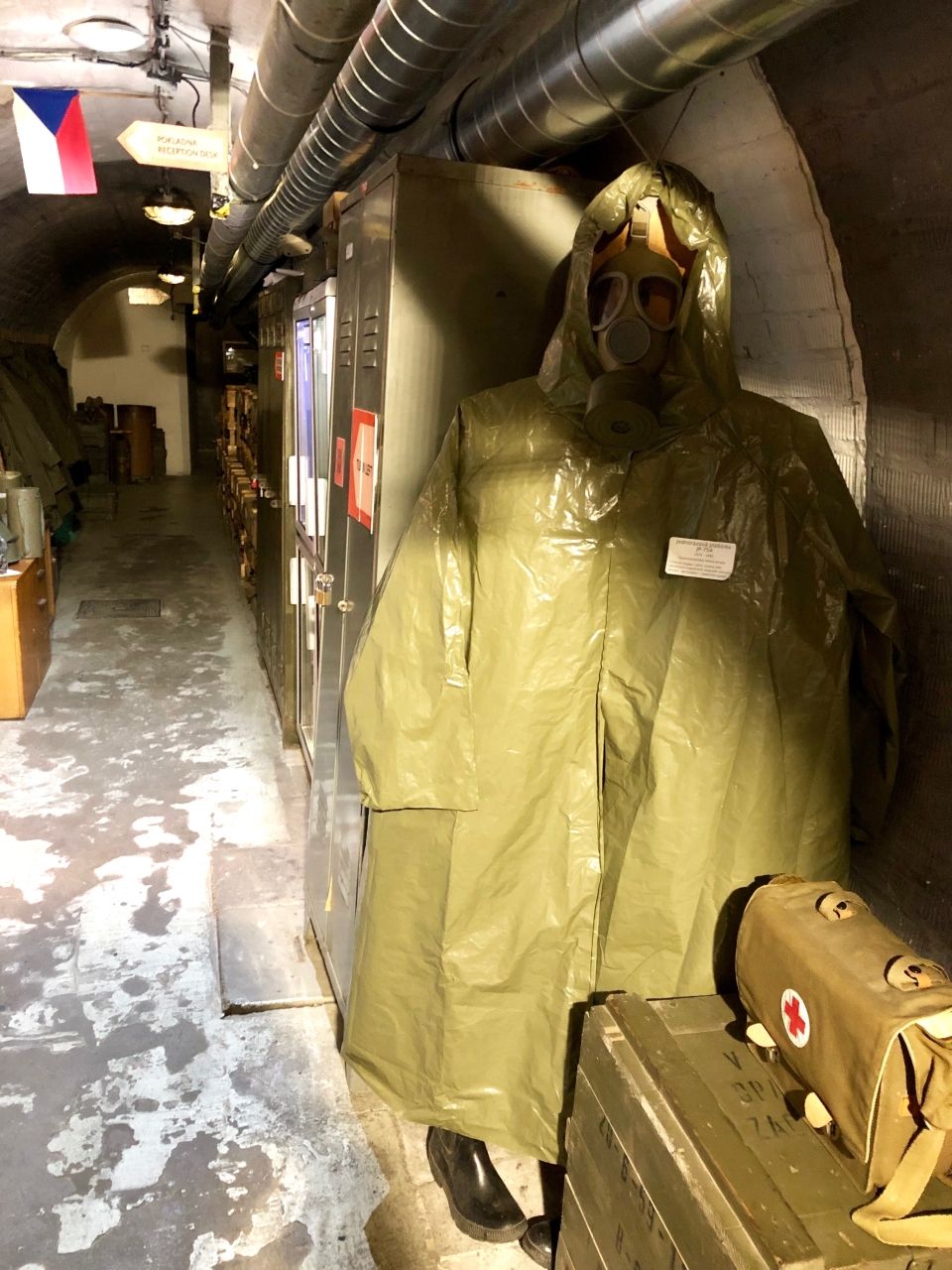
Originally, this bunker served as an air-raid shelter against US and Soviet bombs during WWII. After the war, the bunker housed a winery for a brief period of time until the whole complex was seized by Communists in 1948. From here, the bunker was given the code name ‘Kryt 10-Z’ and made into a top secret nuclear shelter.
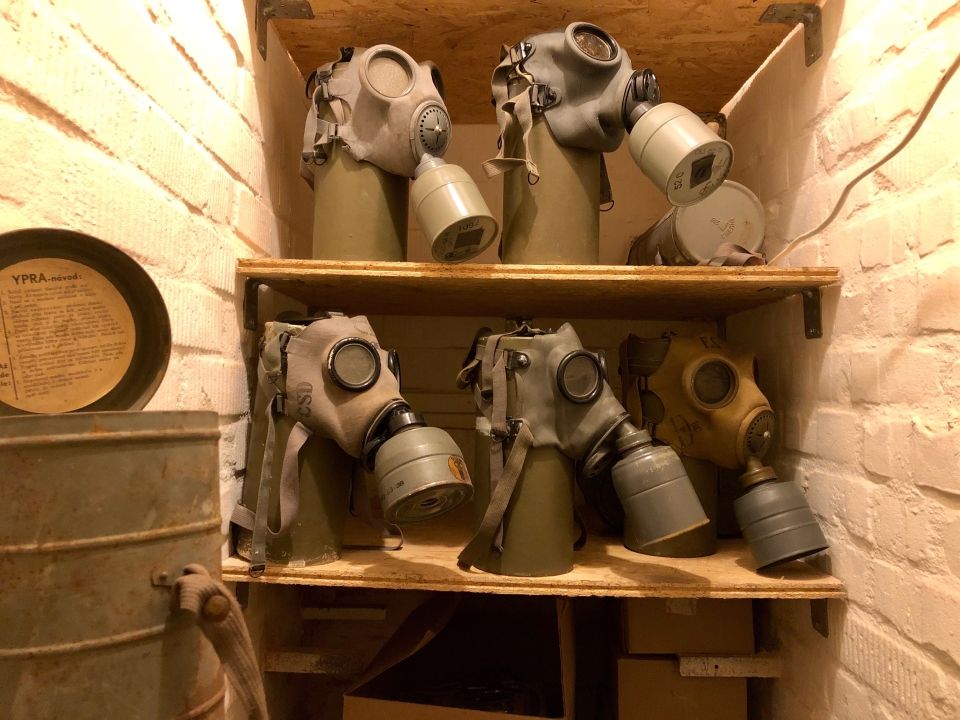
Upon its completion, the shelter was meant to protect up to 500 people (important city officials) for 3 days.
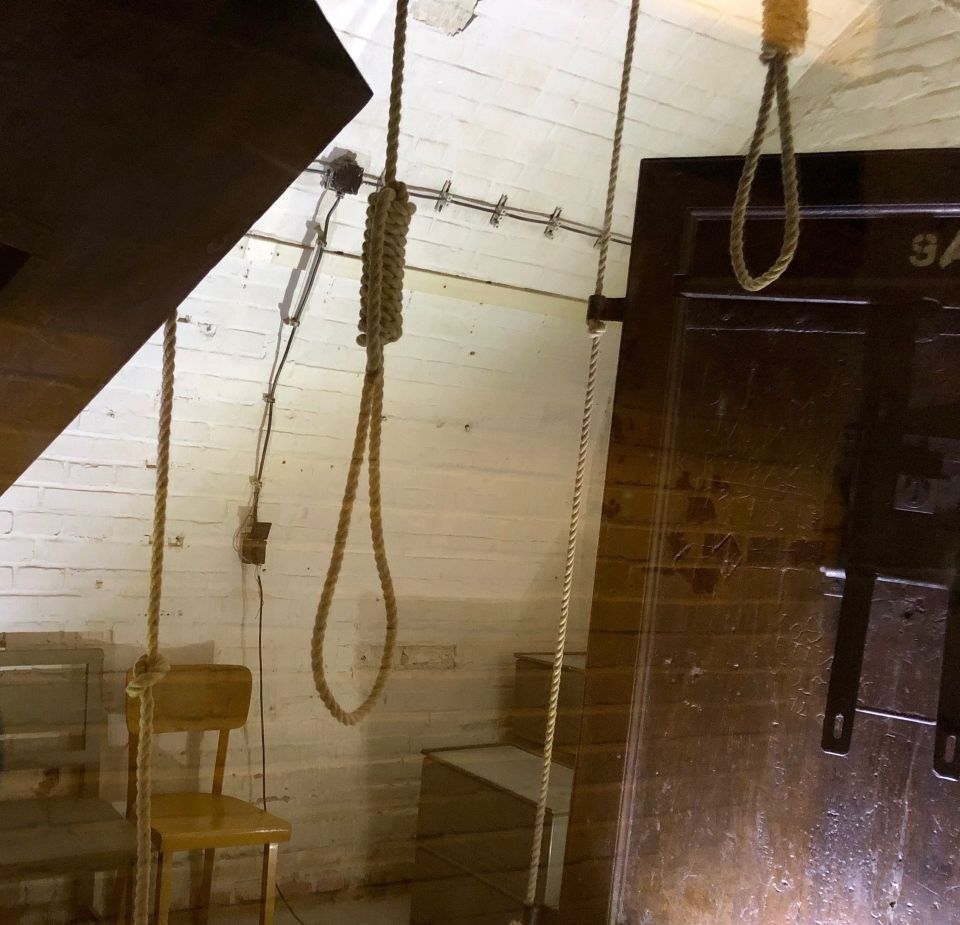
Fortunately, Kryt 10-Z never served its original purpose. In 2016, the shelter became open to the public as a historical exhibition.
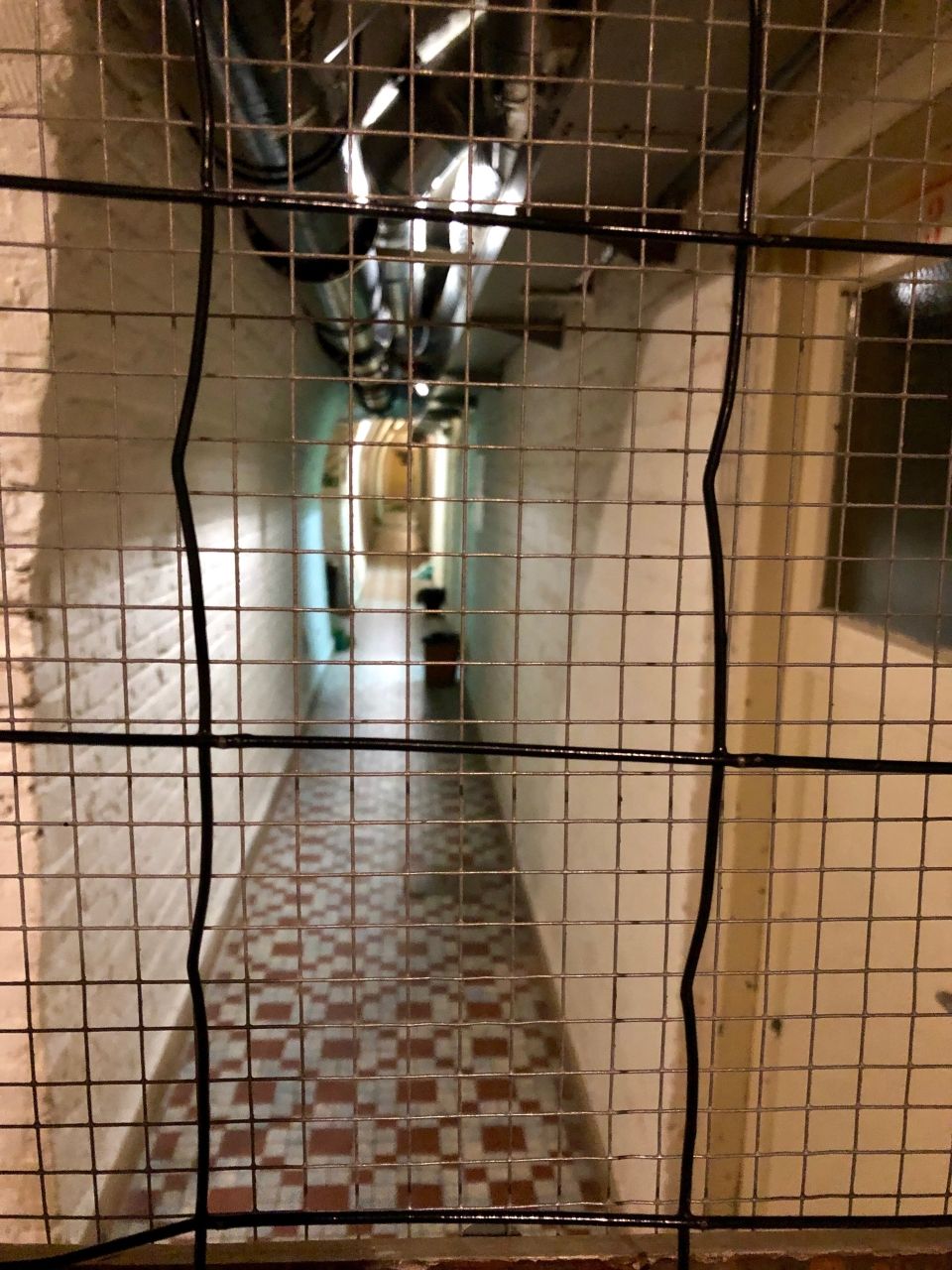
Fun fact- Part of the shelter was also turned into a hostel. If you’re staying in Brno for the night, consider sleeping in an underground bunker!
Since Bethany and I were not staying overnight, we just took a self-guided tour down the eerie hallways and played with some gas masks and old machinery.
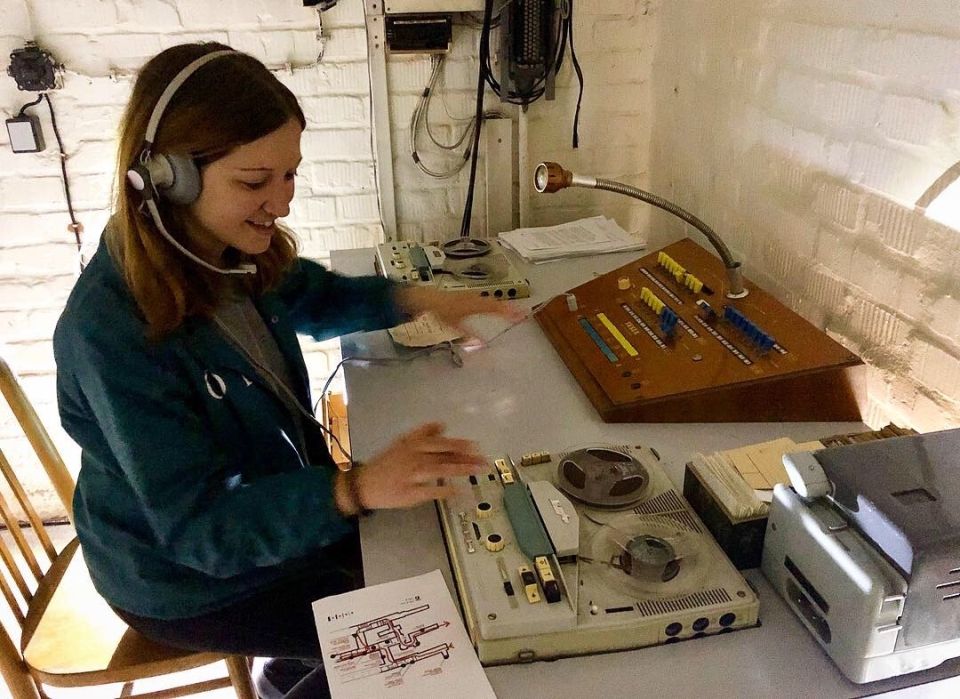
After emerging from the gloomy tunnels, we decided to get some fresh air and hike up to high ground. This was pretty easy to do as the hill to the Špilberk Castle literally sits on top of Kryt 10-Z.
Now, if you want some nice free views of Brno from above, the Špilberk Castle is the place to go.
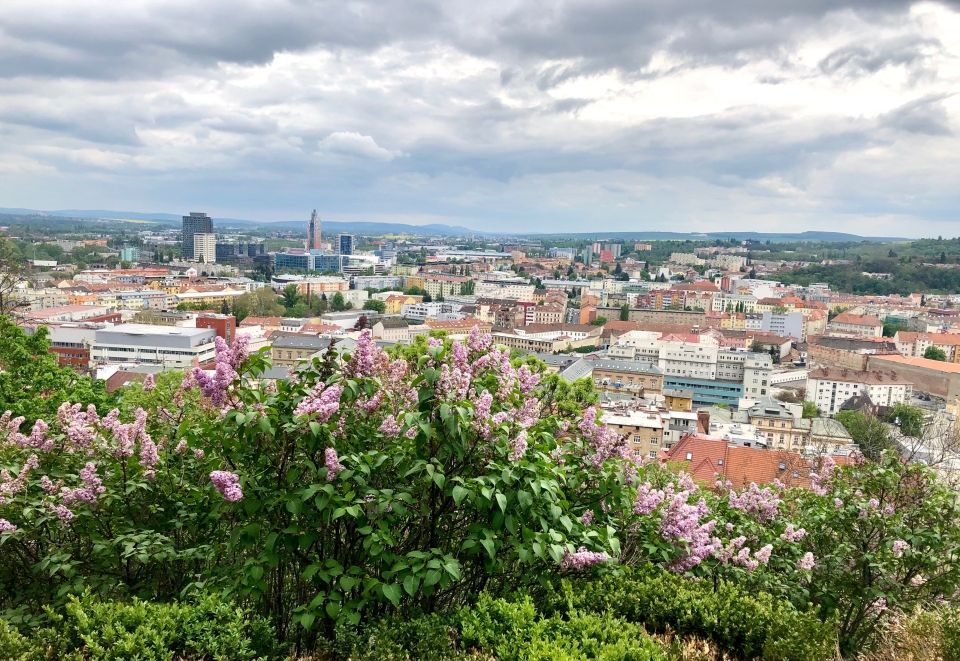
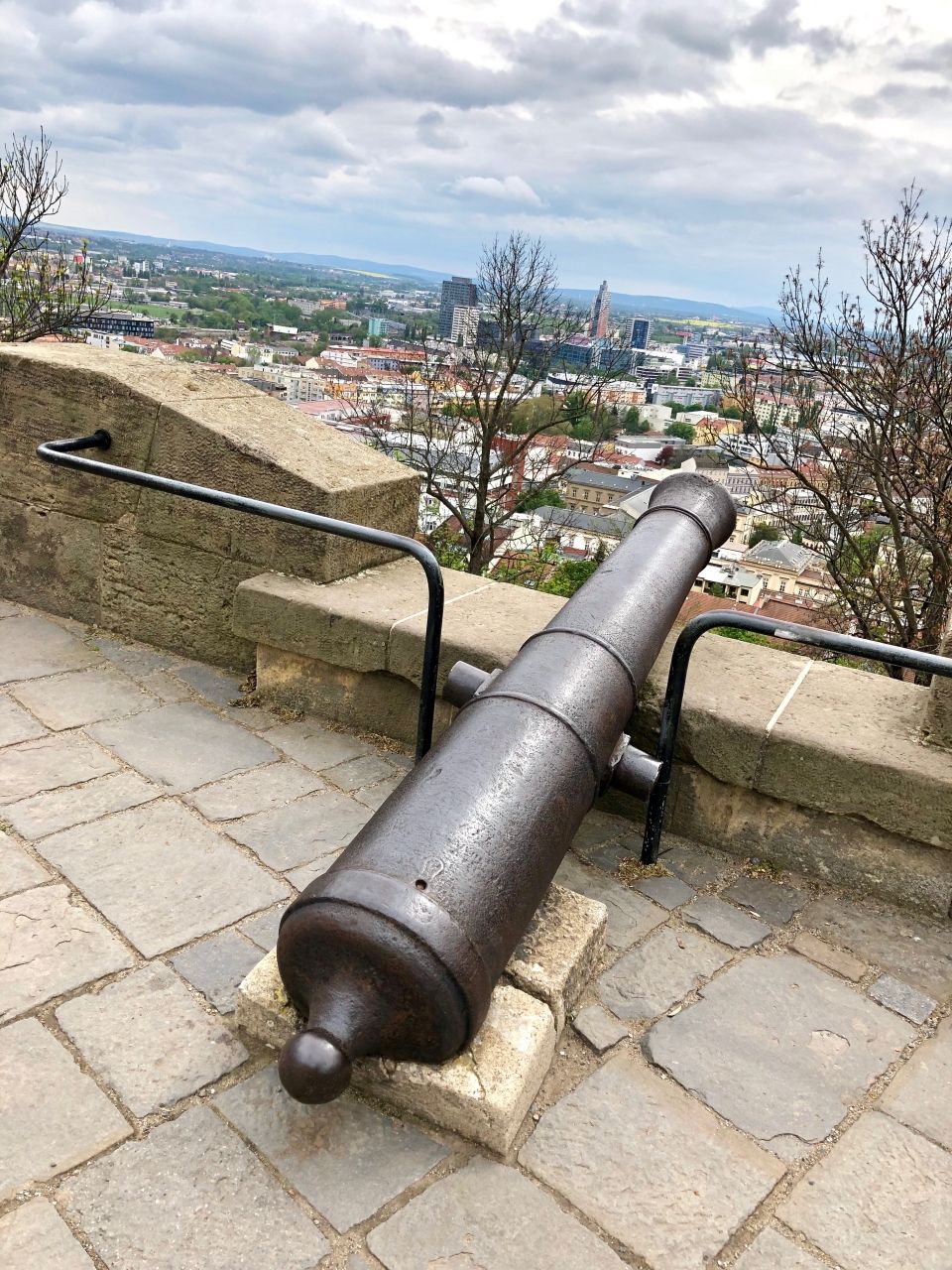
Once you’ve had your fill of the views, you can then turn around to do some castle sightseeing.
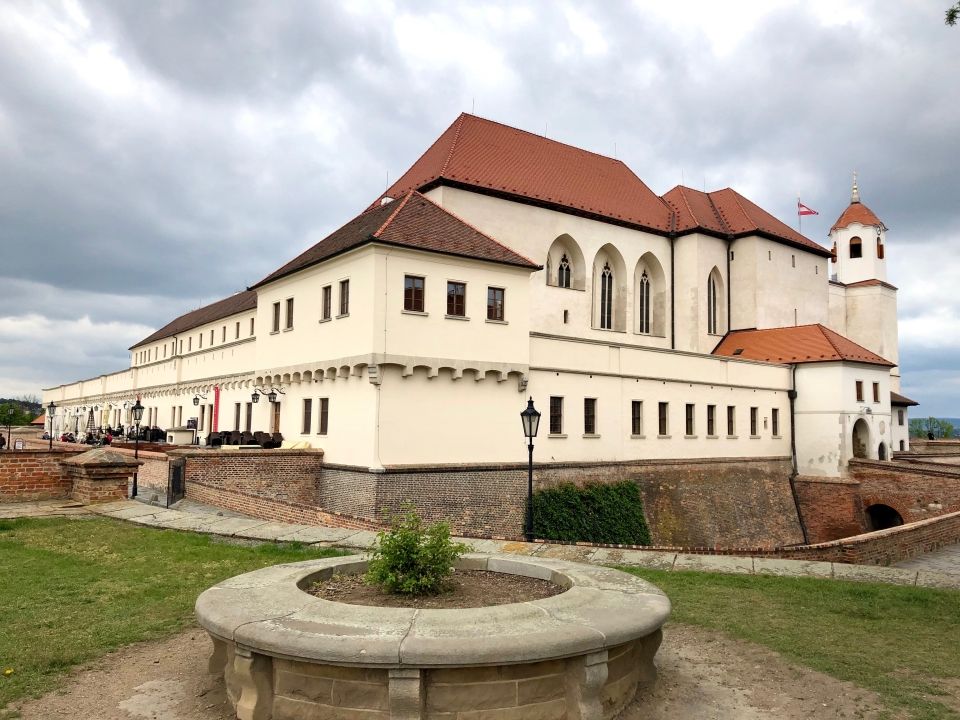
Constructed during the 13th century, Špilberk Castle has quite the history. Throughout the centuries, the building has gone from being a royal residential castle –> military fortress –> prison/dungeon –> interrogation and holding facility during the Nazi occupation –> barracks –> a museum and national heritage monument.
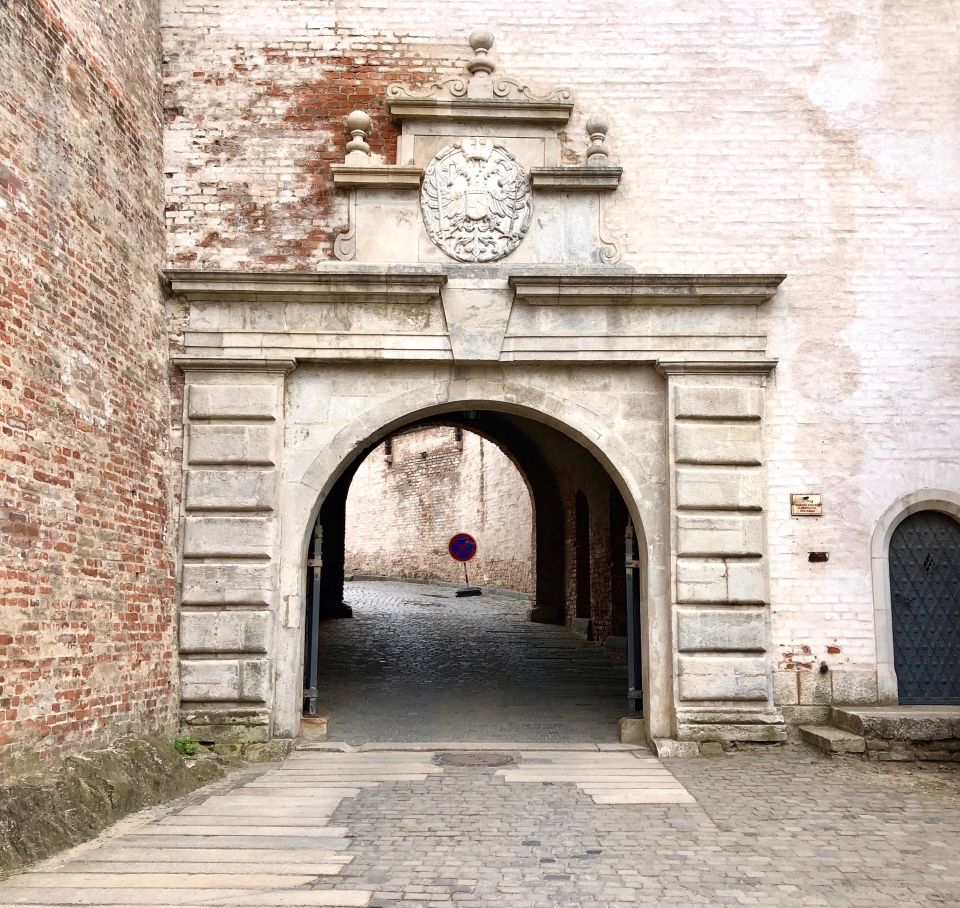
To learn more about Špilberk’s history, click here.
Next, we headed to the main squares to see more popular sights in Brno. This included the knight on the horse with abnormally long legs at Moravské Náměstí:
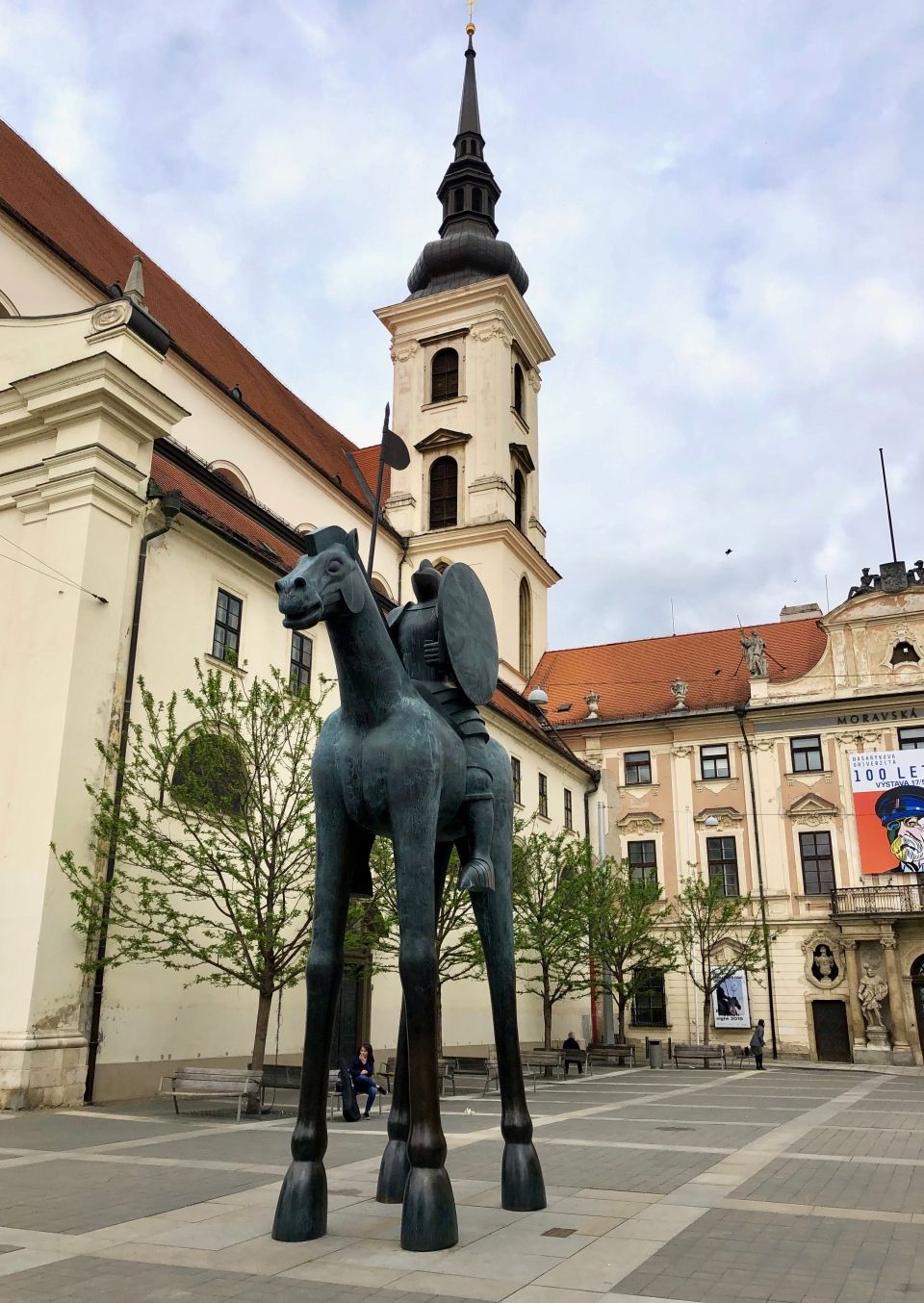
And the statue of the man in front of the Justice building:
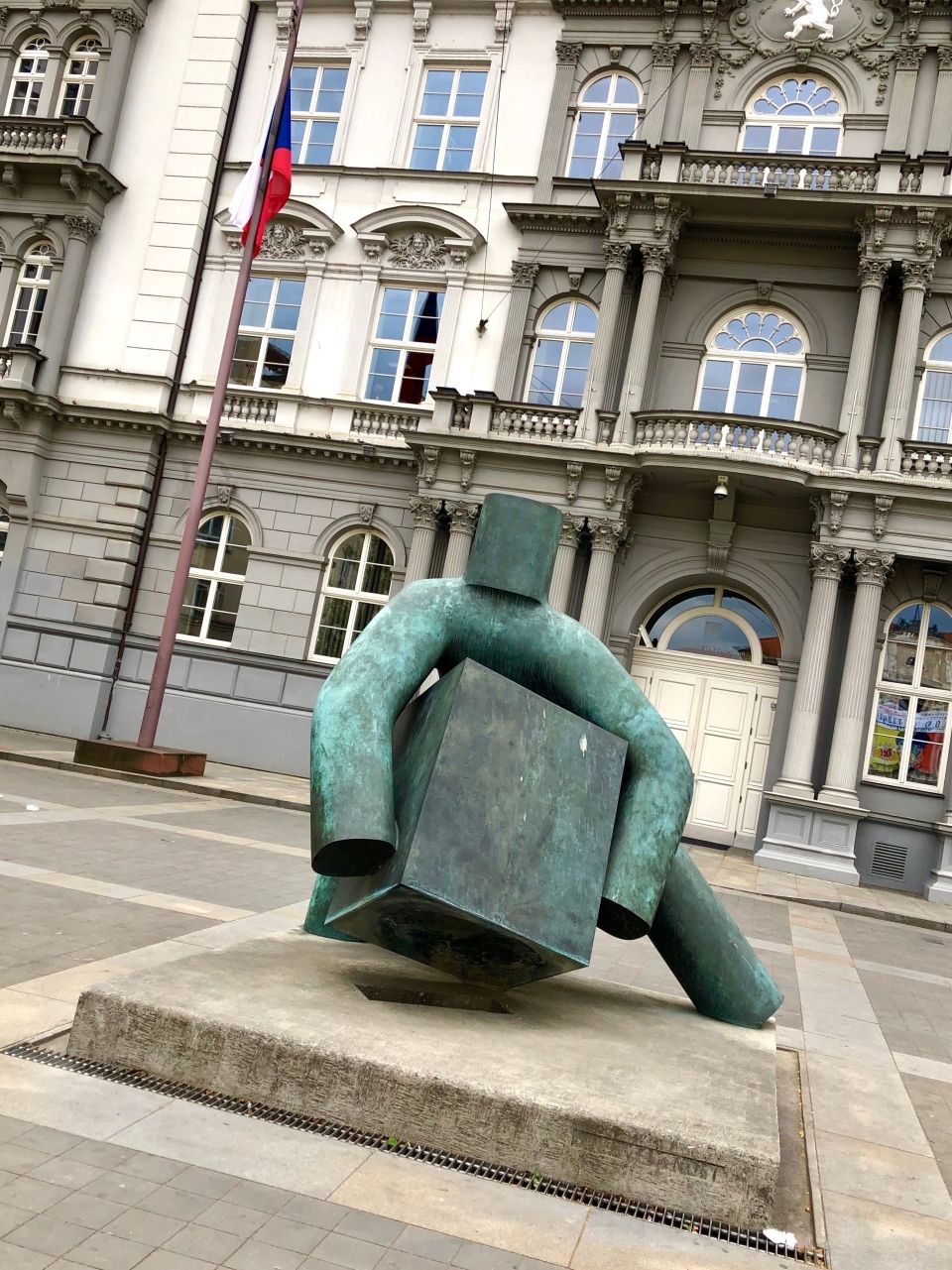
Instead of “justice being blind,” justice is depicted as heavy and a thing people must struggle to uphold.
And, of course, Brno’s astronomical clock at Náměstí Svobody (Freedom Square).
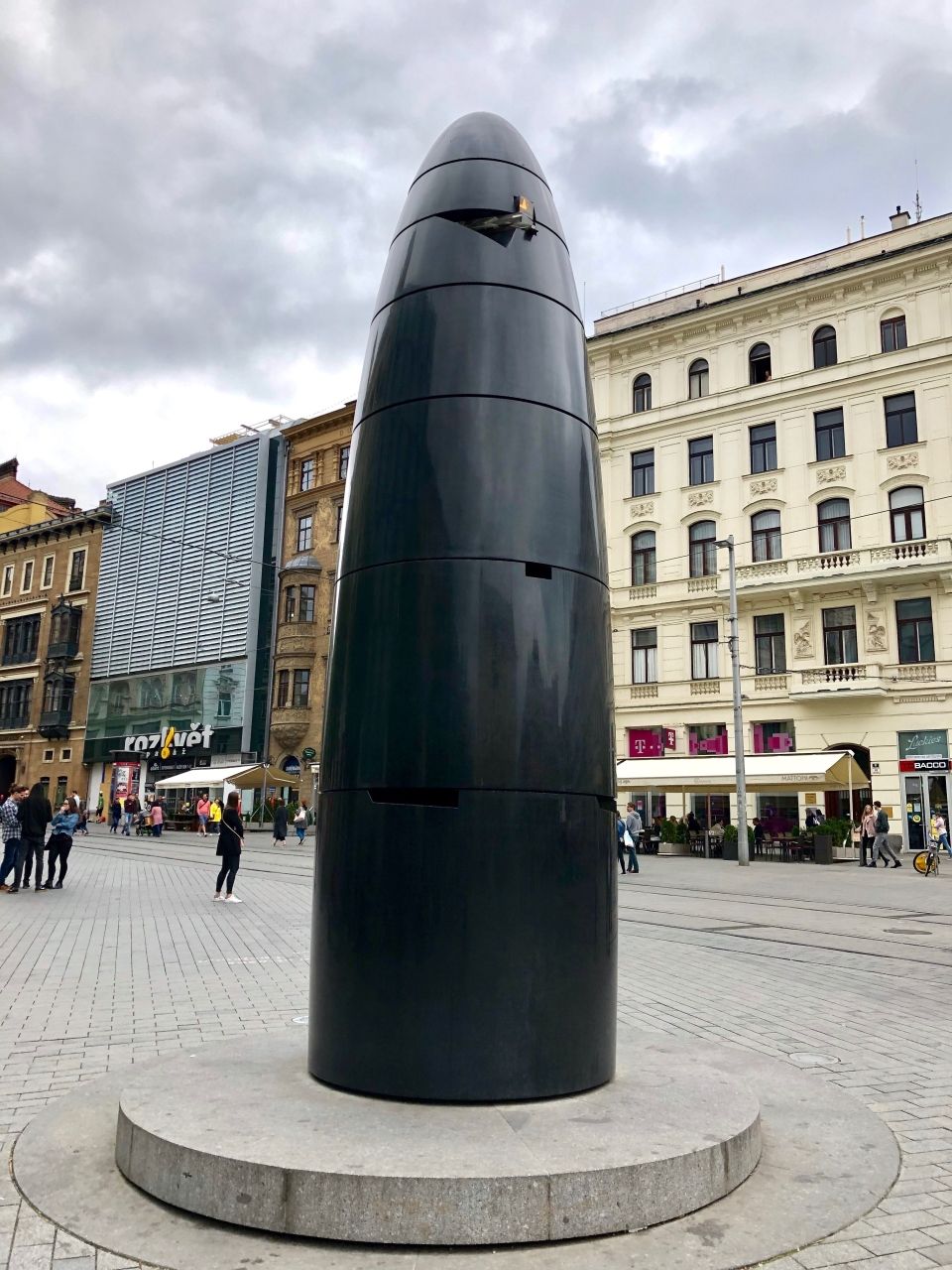
Perhaps less visually pleasing than Prague’s astronomical clock, this clock is unique in several ways.
1) The design- it’s intended to resemble a black bullet, but well… other things may come to mind…
2) The “prize”- At 11am daily, the clock releases a glass marble from one of its 4 holes. People actually gather around the clock every day to stick their hands in the holes and try to win a free souvenir from Brno.
3) The way to tell time- The upper stone pieces are constantly in rotation to relay the time. While there is a manual next to the clock to help gazers read the time, I still couldn’t figure out it out.
4) The history- In 1645, Brno was placed under siege by the invading Swedish army. On the 112th day, Swedish General Torstenson vowed that his army would give up if they did not conquer the city by noon. The leaders of Brno came up with a trick to get the Swedish army out sooner- they rang the city church bells to signify noon at 11am. The trick worked and the Swedish army gave up and left Brno. The clock therefore serves as a monument and drops the glass marble at 11am to signify the “Brno Noon.”
Another popular sight to check out in Brno is the Villa Tugendhat.
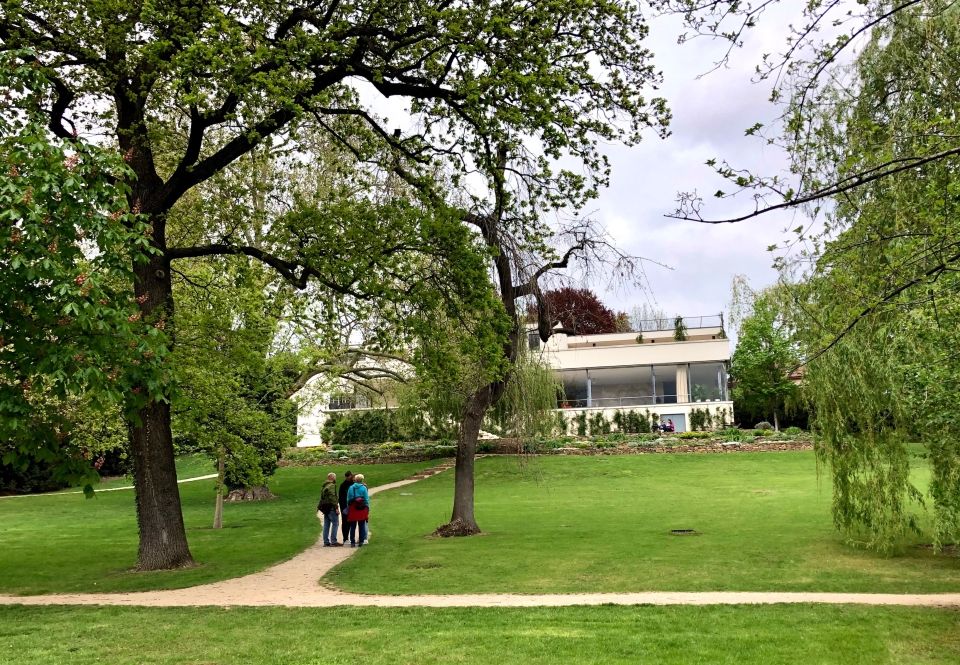
Villa Tugendhat was one of the first buildings of modern architecture in Europe (construction of the house began in 1929). The house was commissioned by the Tugendhats, a German Jewish couple. The Tugendhats only lived in the villa for 8 years before fleeing to Switzerland escape Hitler’s regime. Through the next few decades, the villa passed from Nazi to Soviet hands before then becoming a building used for various purposes.
Ms. Tugendhat returned to the villa in 1967 to restore the house to its original form. In August 1992, the political leaders of Czechoslovakia met at the villa to sign the document that peacefully dissolved the country into the Czech Republic and Slovakia. The villa became a UNESCO World Heritage Site in 2001. The house is now open to the public. You can also take a tour inside the villa, but you need to book in advance.
At this point of the day, Bethany and I were running short on time and instead of going to the property, we just viewed it from the back yard of another building.
The last sight of the day was back toward the center of Brno- the Capuchin Crypt. This crypt consists of 153 Capuchin friars and 52 benefactors that were buried from 1656-1784. All bodies were unintentionally mummified naturally.
Upon entering the first room, you are greeted by this chilling Latin phrase:
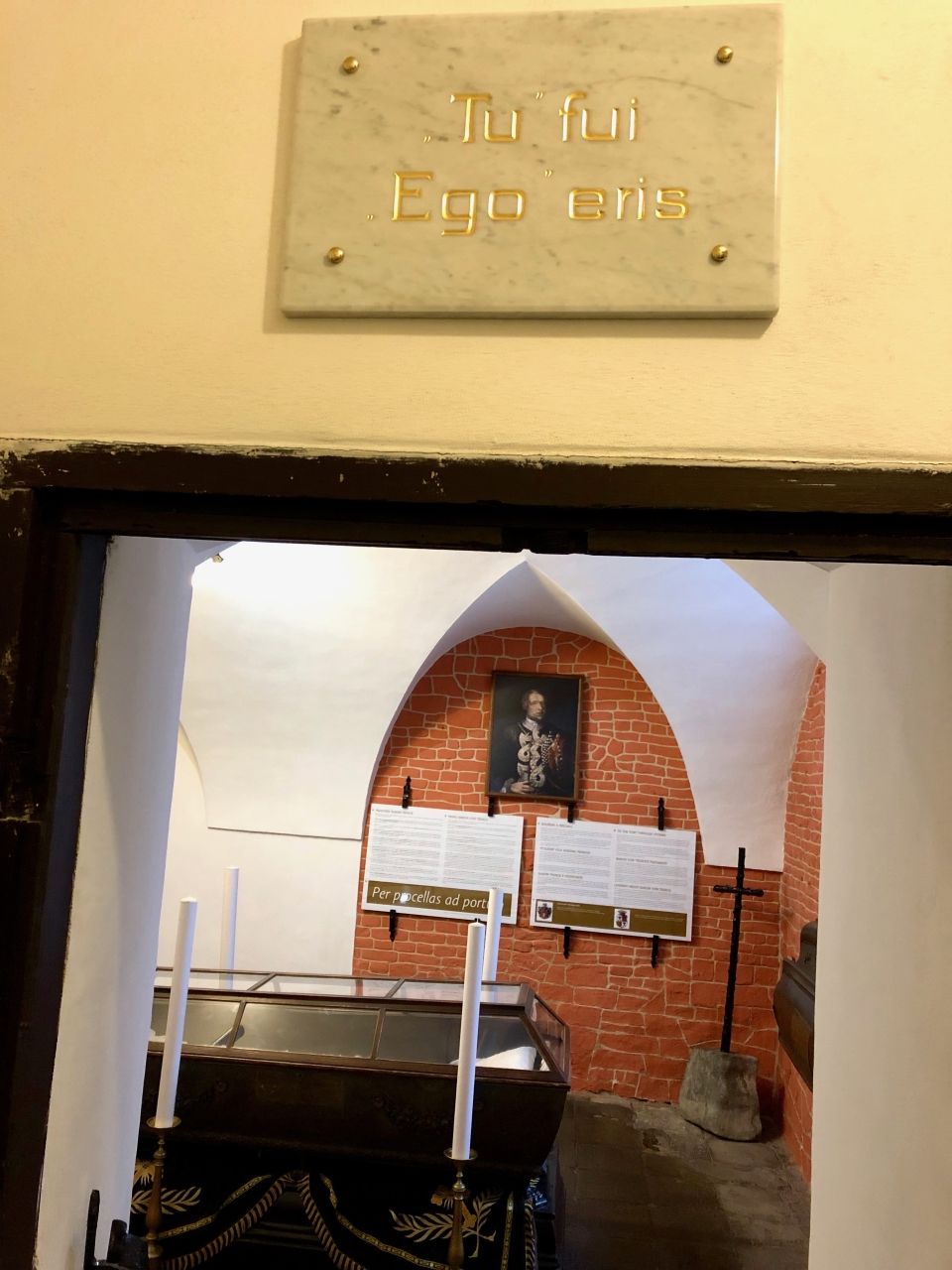
Translation- “I was you, you will be me.”
Great parting thoughts and sights for the day…
Fortunately, Bethany and I had time for dinner at a place called 4Pokoje. This place gave off warmer vibes:
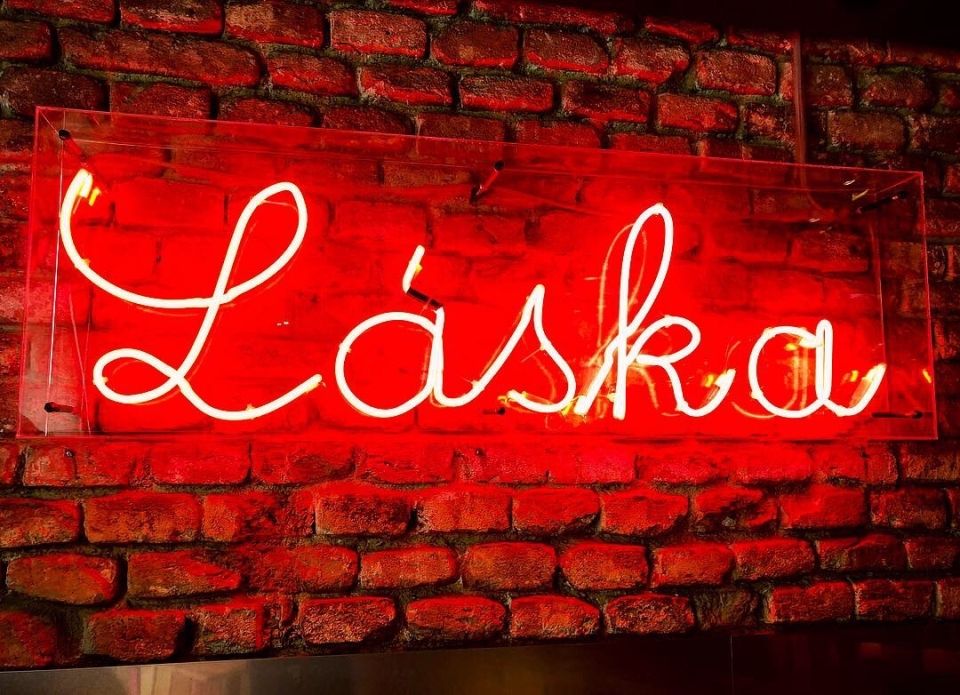
Translation- “Love”
And I felt that ‘love’ in every bite of my hummus-eggplant-egg stack.
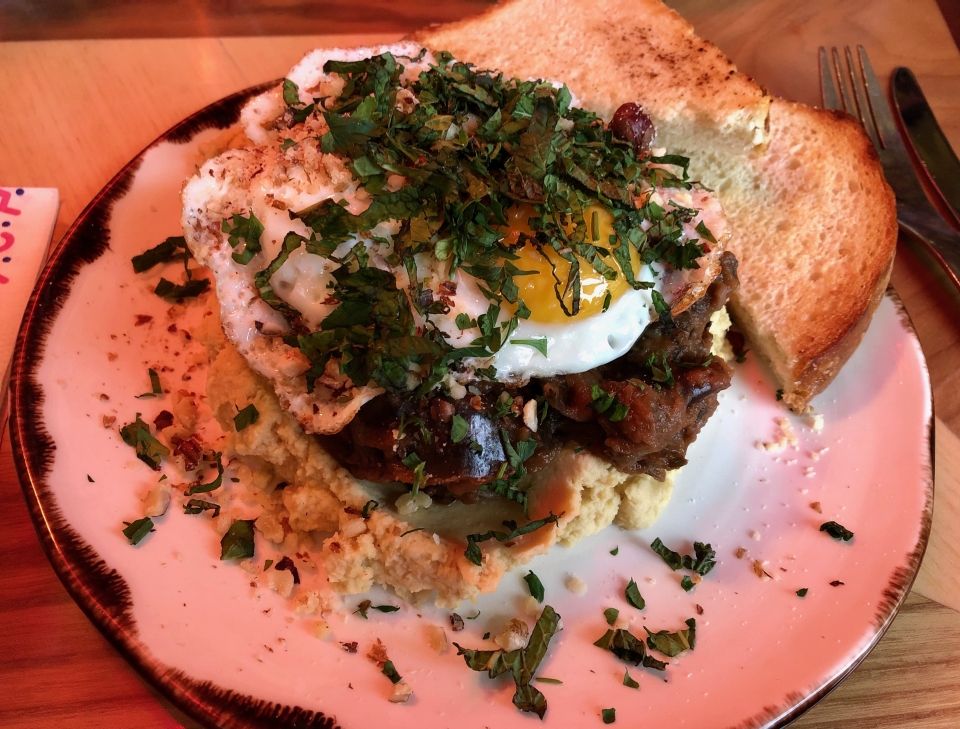
And with that, we concluded our trip to Brno.
The only site that we did not get to was an ossuary underneath the Church of St. James (apparently, all the cool things in Brno are underground). But hey- seeing mummies and an eerie bunker was enough alternative fun for one day.
Related Posts
What it’s like to Teach Abroad in the Czech Republic
Alumni Spotlight: Elisabeth B. After spending a year exploring historic streets and immersing herself in a new culture, Portland, Maine native Elisabeth Brewington returned home from teaching English in the... keep reading
Teach English in the Czech Republic
The Destination Placed right in the heart of Europe, Czech Republic is a unique destination known for its food and drink, bohemian lifestyle, and medieval architecture. It’s a great place... keep reading
Receiving my Acceptance Letter & The Process Leading up to Departure!
It has now been a year since I turned in my application to teach in the Czech Republic, but it seems like just yesterday. I remember frantically checking my email... keep reading
